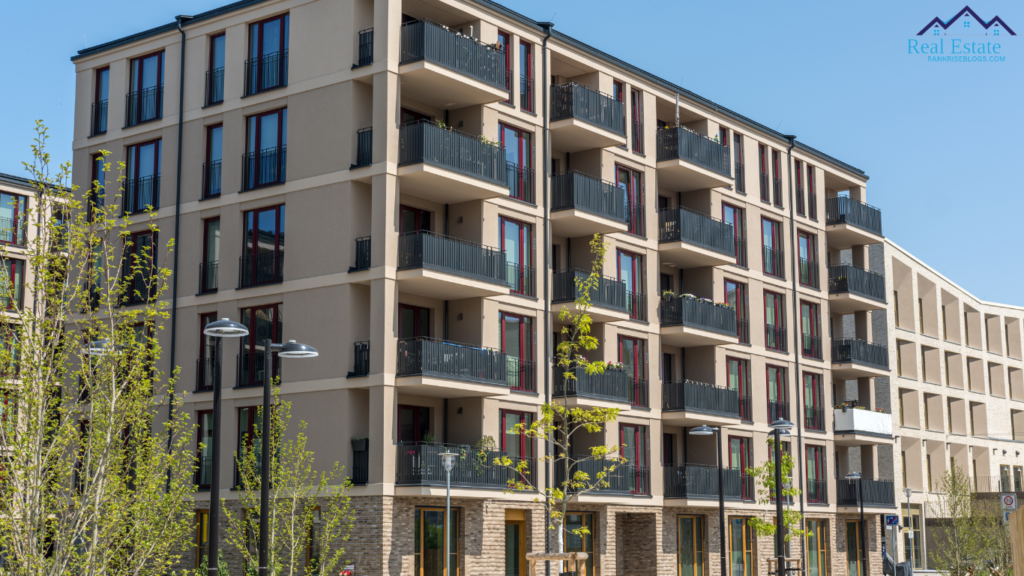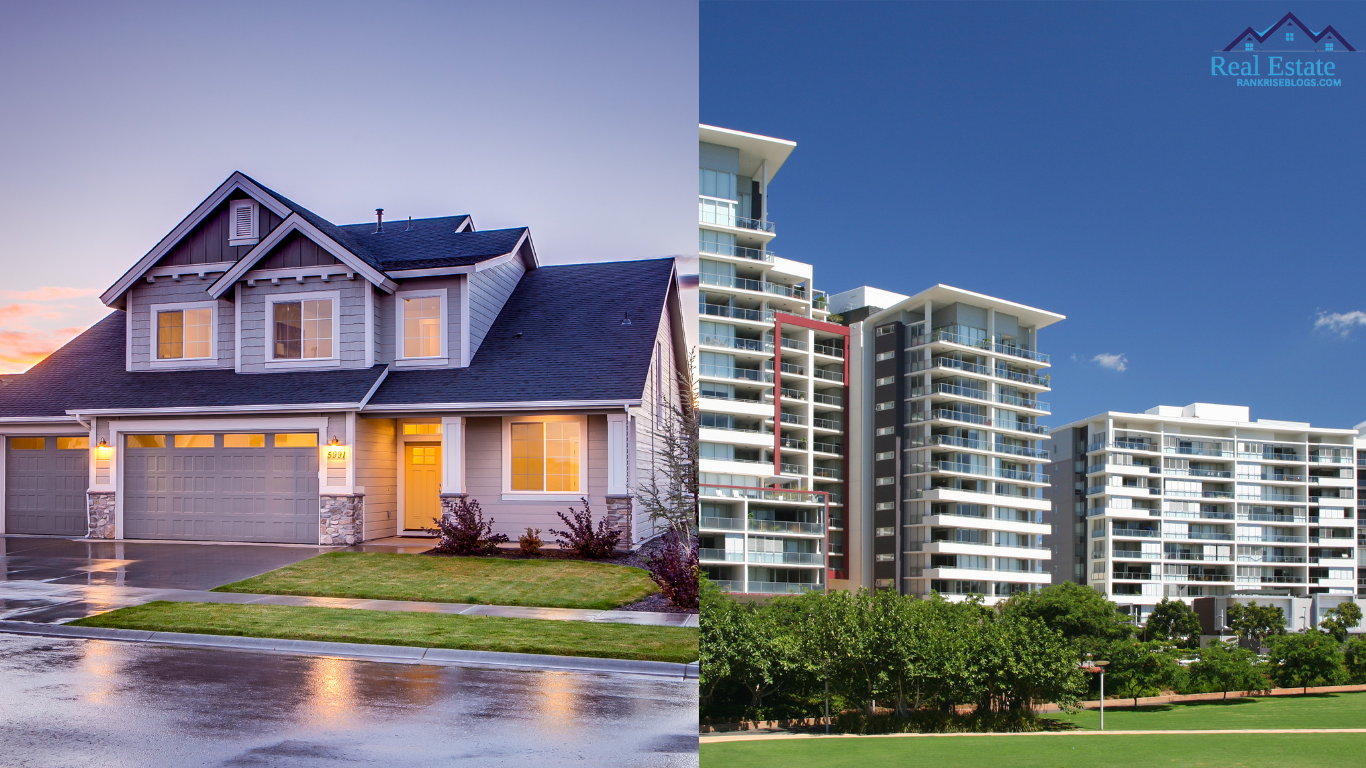Introduction
Investing in rental property is one of the best ways to build long-term wealth. Owning real estate provides steady cash flow, opportunities for property appreciation, tax benefits, and long-term financial stability. However, purchasing a rental property is a significant financial commitment that requires careful planning and consideration.
Whether you’re a first-time investor or an experienced one looking to expand your portfolio, understanding the steps involved in buying a rental property will ensure you make sound financial decisions.
This comprehensive guide will walk you through every step of the process, from evaluating your finances to closing the deal and managing your rental property effectively.
Why Should You Invest in Rental Property?
Before diving into the steps, let’s briefly explore why purchasing rental property is a smart move for many investors.
1. Steady Cash Flow
The most obvious benefit of owning rental property is the regular cash flow. Rental income provides a consistent stream of passive income, which can be used to cover property expenses or reinvested for further wealth building. For many, this is a way to diversify their income beyond traditional employment.
2. Property Appreciation
Real estate has historically appreciated over time. While the market may fluctuate in the short term, property values tend to increase in the long run, allowing you to sell the property for a profit.
3. Tax Deductions
Owning rental property comes with several tax benefits. You can deduct expenses such as mortgage interest, property taxes, insurance premiums, and the costs of repairs and maintenance. These deductions help offset your rental income, reducing your taxable income.
4. Leverage
Real estate is one of the few investments that allow you to leverage other people’s money to increase your potential return on investment. With a relatively small down payment, you can control an asset that’s worth much more.
5. Long-Term Wealth Building
Owning rental properties is an excellent way to build wealth over time. With property values appreciating and consistent rental income, you can accumulate a sizable net worth over the years. Additionally, paying off a mortgage increases your equity, which can be used for future investments.

Steps to Purchase Rental Property
1. Evaluate Your Financial Position
The first step in purchasing a rental property is understanding your current financial situation. Real estate investments require substantial upfront capital and ongoing expenses, so it’s crucial to ensure you’re financially prepared.
Check Your Credit Score
A strong credit score is key to obtaining favorable loan terms. Generally, you’ll need a credit score of at least 620 to qualify for a traditional mortgage, but higher scores (above 700) will allow you to secure loans with better interest rates and terms. If your credit score is lower, work on improving it before applying for a loan.
Determine Your Budget
Take a close look at your savings and income to figure out how much you can comfortably invest in a rental property. While a down payment of 20% is typical for rental properties, you may also need extra funds for closing costs, inspections, and repairs. Having at least 6 months of expenses saved up as an emergency fund is also recommended to ensure you can weather any unexpected costs.
Factor in Other Expenses
Along with the mortgage, you’ll need to account for property taxes, insurance, maintenance, and property management fees (if applicable). A good rule of thumb is that these expenses should not exceed 50% of the rental income.
2. Get Pre-approved for a Mortgage
Securing a pre-approval for a mortgage loan is an essential step in the property-buying process. Getting pre-approved helps you understand how much you can borrow and signals to sellers that you’re a serious buyer, which can give you an edge in a competitive market.
Choose the Right Loan Type
There are several types of loans to choose from, each with different terms:
- Conventional Loans: These loans are typically offered by banks or credit unions and require a 20% down payment. They’re ideal for buyers with a strong credit score.
- FHA Loans: If you qualify for government-backed loans, the Federal Housing Administration (FHA) offers loans with lower down payments. However, these are typically reserved for owner-occupied properties.
- Commercial Loans: If you’re looking to purchase multi-family properties, you may need a commercial loan, which comes with stricter qualification requirements but allows you to invest in larger properties.
3. Research the Local Real Estate Market
Before you start searching for properties, you need to do your homework. Researching the local real estate market is key to understanding where to invest and how much to spend.
Identify High-Demand Areas
When choosing a location for your rental property, consider factors such as proximity to schools, public transportation, shopping centers, and employment hubs. Properties in these areas are often in higher demand and attract quality tenants.
Understand Market Trends
Study current market conditions. Are property values increasing or decreasing? Is there growing demand for rental properties in the area? A strong rental market with a steady influx of tenants will increase your chances of securing consistent rental income. Additionally, assess the neighborhood’s future development plans to anticipate property value changes.
Analyze Comparable Properties
Look at the rent prices for similar properties in the area. This will give you an idea of what you can expect to charge for rent and help you calculate potential rental yield. Be sure to factor in additional expenses to ensure that the property will be a profitable investment.
4. Choose the Right Type of Property
The next step is deciding which type of rental property fits your investment strategy. Here are some common property types to consider:
Single-Family Homes
Single-family homes are popular for beginner investors. They typically require less management and maintenance compared to multi-family properties. However, they also generate lower rental income. If you prefer simplicity and fewer tenants, a single-family home might be a good choice.
Multi-Family Properties
Multi-family properties (duplexes, triplexes, etc.) allow you to generate more rental income by renting out multiple units. While these properties can provide higher returns, they also come with additional complexities, such as managing multiple tenants and increased maintenance costs.
Condominiums
Condos are another option, offering less maintenance responsibility compared to single-family homes or multi-family properties. However, they may come with HOA fees and restrictions that can affect your investment potential.
Fixer-Uppers
Purchasing a fixer-upper property is a common strategy for investors looking to improve the property and sell it for a profit. While it can be a lucrative option, buying a property that needs significant repairs comes with additional risks and costs.
5. Make an Offer and Negotiate
Once you’ve found a property you’re interested in, the next step is to make an offer. It’s crucial to have a strategy in place when negotiating with sellers.
Offer Based on Market Value
Review comparable sales in the area to determine the fair market value of the property. Ensure your offer is competitive but also reflects the property’s actual value.
Include Contingencies
Contingencies are conditions that must be met before the sale goes through. Some common contingencies for rental property purchases include:
- Inspection contingency: Allows you to back out of the deal if a property inspection reveals significant issues.
- Appraisal contingency: Ensures the property is valued at or above the offer price.
Negotiate Terms
Don’t be afraid to negotiate. If the seller is motivated, they may be willing to reduce the price or cover some of your closing costs. A good real estate agent will be able to assist in negotiating favorable terms.
6. Conduct Due Diligence
Once your offer is accepted, it’s time to conduct due diligence. This is a crucial step to ensure that you’re making a sound investment and that the property is in good condition.
Property Inspections
A professional home inspector will assess the property’s structural integrity, plumbing, electrical systems, roof, and foundation. They’ll provide a detailed report highlighting any major repairs that might be needed.
Check Title and Zoning Laws
Verify that the property has a clear title and is free of liens or legal disputes. Additionally, check the local zoning laws to ensure that the property is zoned for rental use. If you’re purchasing a multi-family property, make sure it complies with building and safety codes.
7. Close the Deal
Once all contingencies are satisfied and due diligence is complete, it’s time to close the deal. This involves signing legal documents, transferring ownership, and finalizing your financing.
Understand Closing Costs
Closing costs can range from 2% to 5% of the property’s purchase price and typically include lender fees, title insurance, escrow fees, and taxes. Make sure you have the funds available to cover these costs.
Review Loan Documents
Carefully review the loan terms, interest rates, and repayment schedules before signing. It’s important to understand the terms of your mortgage, including monthly payments and any penalties for early repayment.
8. Manage Your Rental Property
After purchasing your rental property, it’s time to start managing it. Good property management ensures that the property generates consistent income and retains tenants.
Self-Management vs. Hiring a Property Manager
If you prefer not to handle day-to-day responsibilities like rent collection, maintenance, and tenant relations, consider hiring a property management company. Property managers charge a fee (usually 8-12% of the monthly rental income), but they take care of everything for you.
Screen Tenants Carefully
Tenant screening is critical for maintaining a reliable income stream. Look for tenants with good credit, stable employment, and rental history. A thorough background check will help you avoid potential issues with late payments or property damage.

Conclusion
Purchasing rental property is an excellent way to build wealth and generate passive income. However, it’s a significant financial commitment that requires careful planning, research, and diligence. By following the steps outlined in this guide—from evaluating your finances to selecting the right property and managing tenants effectively—you’ll be well on your way to making a smart investment in rental property.
Remember, real estate investments carry risks, but with the right approach and mindset, they can provide substantial long-term rewards. Stay informed, plan, and continue educating yourself on the ins and outs of real estate investing to build a successful portfolio.
Frequently Asked Questions (FAQ)
1. How much do I need to invest in rental property?
You will typically need a down payment of at least 20%, along with additional funds for closing costs, inspections, and repairs. Factor in ongoing expenses such as maintenance and property taxes.
2. Can I purchase a rental property with bad credit?
It may be difficult, but not impossible. Consider options like hard money loans or seek out co-investors who have better credit scores. Additionally, some lenders
specialize in offering loans to individuals with less-than-ideal credit.
3. What type of rental property is the best investment?
The best type of rental property depends on your investment goals. Single-family homes are easier to manage but generate lower rental income. Multi-family properties typically offer higher returns but require more management.
4. How can I ensure my rental property is profitable?
Choose the right location, accurately assess rental yields, and screen tenants thoroughly. Regularly maintain the property and ensure you’re charging competitive rental prices based on market trends.



